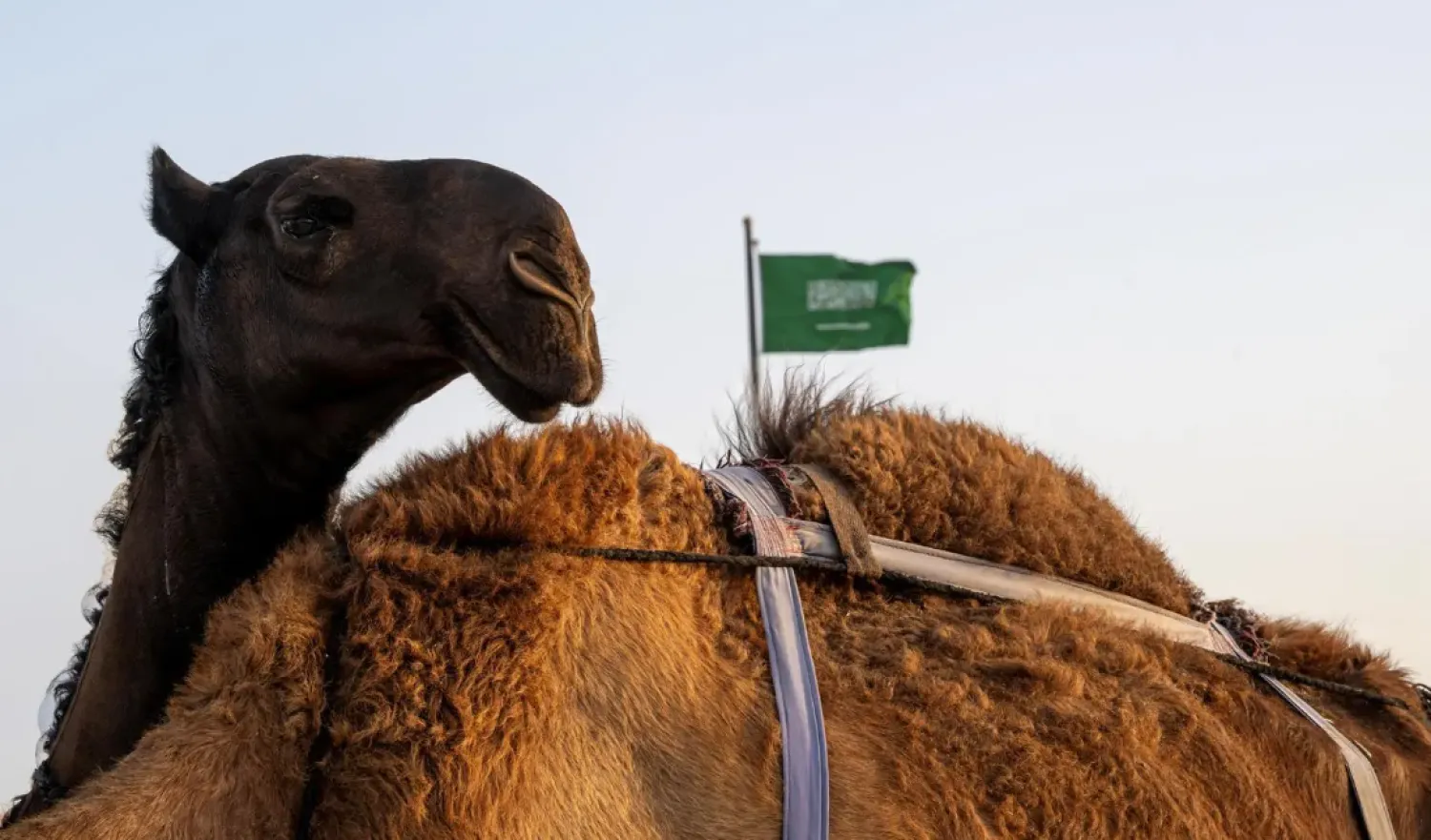Shanghai Museum has pulled in crowds this summer for an exhibition of ancient Egyptian relics including cat statues and other feline imagery, and which on Saturday nights allows up to 200 visitors to bring along their own four-legged friends.
Inspired ancient Egyptians' worship of Bastet, the goddess of protection - often depicted as a cat - the museum has given cats the chance to interact with part of the exhibition called "The Secrets of Saqqara".
"Egyptian archaeological teams discovered a cat temple in Saqqara and unearthed many cat mummies and cat statues. So when we were planning the event, we had cats as a theme, and then came the idea for 'Meow Night'," said Shanghai Museum Deputy Director Li Feng.
The "Top of the Pyramids: Ancient Egyptian Civilization Exhibition" began on July 19 and runs until Aug. 17, 2025, with "Meow Night" planned for at least 10 Saturdays. It has held six so far with tickets, including 200 bring-a-cat tickets, selling out each time.
Visitors bring their cats in carriers or pet strollers and can take them out only at designated areas, such as for a photo opportunity next to a statue of Bastet.
The cats are checked on entry to ensure up-to-date vaccinations and for signs of illness or stress. There are veterinarians onsite and rest areas for cats in case the stimulation from their night at the museum gets a bit much.
"It's very special that you can bring a cat with you," said visitor Qiu Jiakai who was attending "Meow Night" with one-year-old puss An Mao.
"I listened to the narrator's introduction saying ... many of today's pet cats are related to the cats domesticated in ancient Egypt. So I thought I would have to bring my cat here to see its ancestors and the cat goddess," she said.









